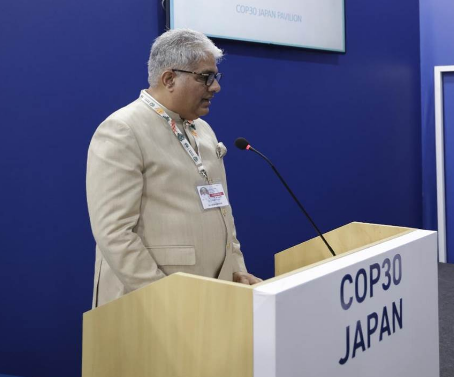
At the sidelines of UNFCCC COP30 in Belém, Brazil, the 11th meeting of Joint Crediting Mechanism (JCM) Partner Countries was held on 19 November 2025. Chaired by Japan’s Environment Minister H.E. Hirotaka Ishihara, the meeting marked an important milestone as the JCM expanded to 31 partner countries with more than 280 projects progressing under the framework of Article 6 of the Paris Agreement.
Addressing the gathering, India’s Minister for Environment, Forest and Climate Change, Shri Bhupender Yadav, emphasized the critical role of cooperative mechanisms like the JCM in driving inclusive, equitable, and technology-enabled climate action, particularly for developing nations. He highlighted the strong and enduring India–Japan part... Read more

Recent flash floods across the towns and cities in the lap of Himalayan region brought forth destruction, devastation and disaster risks to the forefront. In this photo story we bring to you destruction at the school based on the manjhi river bank, vulnerability of poor household situated adjacent to river bank and reconstruction work post the flashflood in Bhagau Nag area of dharamshala.